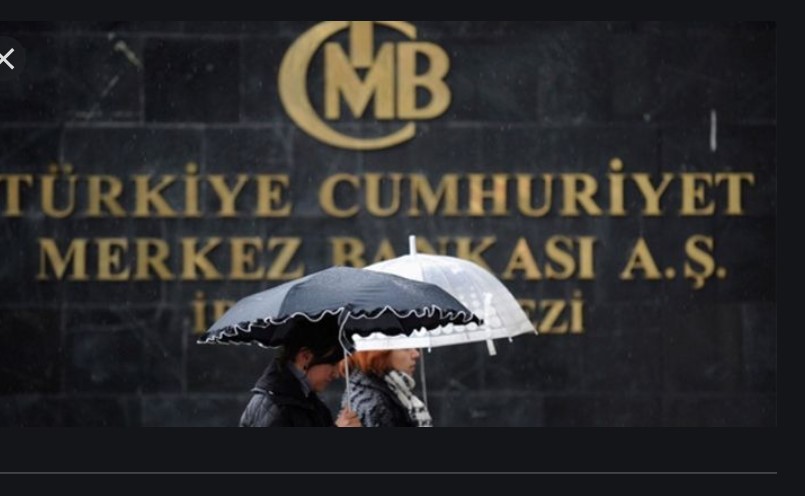The Central Bank of Turkey (CBRT) announced the monetary policy meeting notes of its rate cut decision of 100 basis points dated September 23, from 19 percent to 18 percent.
The Bank justified the rate cut decision on its perception that inflationary forces were temporary in Turkey. The Bank also emphasizes that the “level of tightness in monetray policy” had a higher than expected impact on commercial loan growth, President Erdogan’s real focus for seeking economic growth. The CBRT calls the ongoing spike in the headline CPI inflation volatility based mostly on the reopening of the economy and hence feels the need to focus on the core inflation when taking its policy rate decision.
The bank reiterates its 5 percent inflation target versus 19.25 percent as of August on yoy despite warning that “demand and cost-side effects remain significant for inflation given credit market and economic activity indicators as well as exchange rate volatility and developments in import prices” as it chooses to ease the policy stance.
Further rate cuts are now anticipated.
Here are the highlights from the rate cut rationale:
1. Recent increase in inflation has been driven by supply side factors such as rise in food and import prices and supply constraints, increase in administered prices and demand developments due to the reopening. It is assessed that these effects are due to transitory factors. On the other hand, the decelerating impact of the monetary tightening on credit and domestic demand is being observed. The tightness in monetary stance has started to have a higher than envisaged contractionary effect on commercial loans. While the nominal commercial loan growth remains well below previous year averages, the strong course in personal loans has largely remained in place. In addition, the macroprudential policy framework has been strengthened to curb personal loan growth. Accordingly, the impact of the Banking Regulation and Supervision Agency’s related decisions will be monitored. The Committee also maintained its assessment that a milder growth in personal loans is critical to curb risks to the inflation outlook and external balance. Accordingly, the course and composition of loans are closely monitored for macroeconomic stability.
2. The Committee evaluated the analyses to decompose the impact of demand factors that monetary policy can have an effect, core inflation developments and supply shocks. Accordingly it is judged that a revision in monetary policy stance is needed and the policy rate was decided to be reduced by 100 basis points.
3. Inflation is expected to follow a volatile course in the short term due to various supply and demand side factors, with commodity prices and administered prices in the lead. However, sufficiently tight monetary stance to ensure the return of inflation to its downward trend once temporary effects disappear, will serve as a significant buffer against external and temporary volatilities in the context of inflation expectations, the pricing behavior and financial market developments.
4. The CBRT will continue to use decisively all available instruments until strong indicators point to a permanent fall in inflation and the medium-term 5 percent target is achieved in pursuit of the primary objective of price stability.
5. Demand and cost-side effects remain significant for inflation given credit market and economic activity indicators as well as exchange rate volatility and developments in import prices. The outlook for monetary policies in advanced economies and the global risk appetite heighten the risks to the portfolio flows towards emerging economies. In formulating the monetary policy towards the target of price stability, the Committee will continue to follow an approach that also addresses the risks to financial stability.
6. The Committee reiterated that in order to achieve price stability, strong policy coordination and a holistic macro policy mix involving all stakeholders are required.
